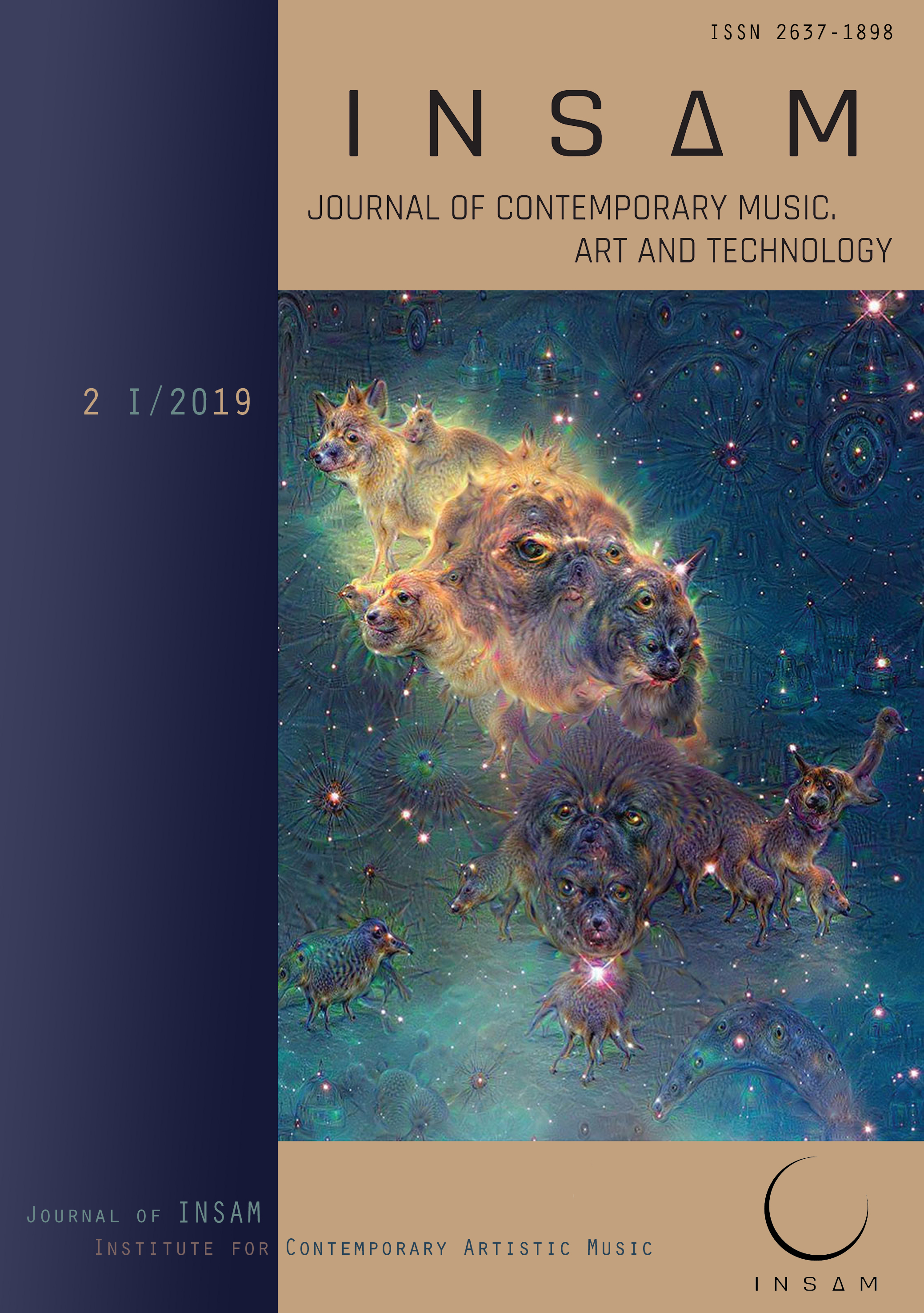The Intelligent Work of Art: How the Narcissus Theme Echoes in New Media Art
DOI:
https://doi.org/10.51191/issn.2637-1898.2019.2.2.115Keywords:
artificial intelligence (AI) , consciousness, media-awareness, Narcissus, new media art, self-awareness, Waltz BinaireAbstract
This paper will deal with the mythological figure of Narcissus in new media art. In visual arts in general, this myth is usually used to reflect on the relationship between the artist and his actual work. There are countless examples of artists from antiquity to the present age that deal with subjectivity in their work by recurring the Narcissus theme. But different to those adaptations, works of the New Media Art since the 1970s reflect more about the technology and subjectivity of the observer through the theme of Narcissus. The use of time-based media allows the artists to address the observer immediately through interaction and let him become a part of the work and therefore become a part of the cognitive process. The argument of this paper is that only through the use of time-based art could the self-awareness of the observer be discussed instead of only a reflecting on the work itself and the reception-process. Against this backdrop, the paper will focus on the use of AI as a ‘material’ in contemporary art and how it extends this cognitive process. In addition to other works from the history of new media art the work Narciss (2018) by the German art collective Waltz Binaire will be in the center of this discussion about AI in and as artistic practice.
Downloads
Published
Issue
Section
License
Copyright (c) 2019 INSAM Journal of Contemporary Music, Art and Technology

This work is licensed under a Creative Commons Attribution-NonCommercial-NoDerivatives 4.0 International License.
You are free to:
- Share — copy and redistribute the material in any medium or format
- The licensor cannot revoke these freedoms as long as you follow the license terms.
Under the following terms:
- Attribution — You must give appropriate credit , provide a link to the license, and indicate if changes were made . You may do so in any reasonable manner, but not in any way that suggests the licensor endorses you or your use.
- NonCommercial — You may not use the material for commercial purposes .
- NoDerivatives — If you remix, transform, or build upon the material, you may not distribute the modified material.
- No additional restrictions — You may not apply legal terms or technological measures that legally restrict others from doing anything the license permits.




